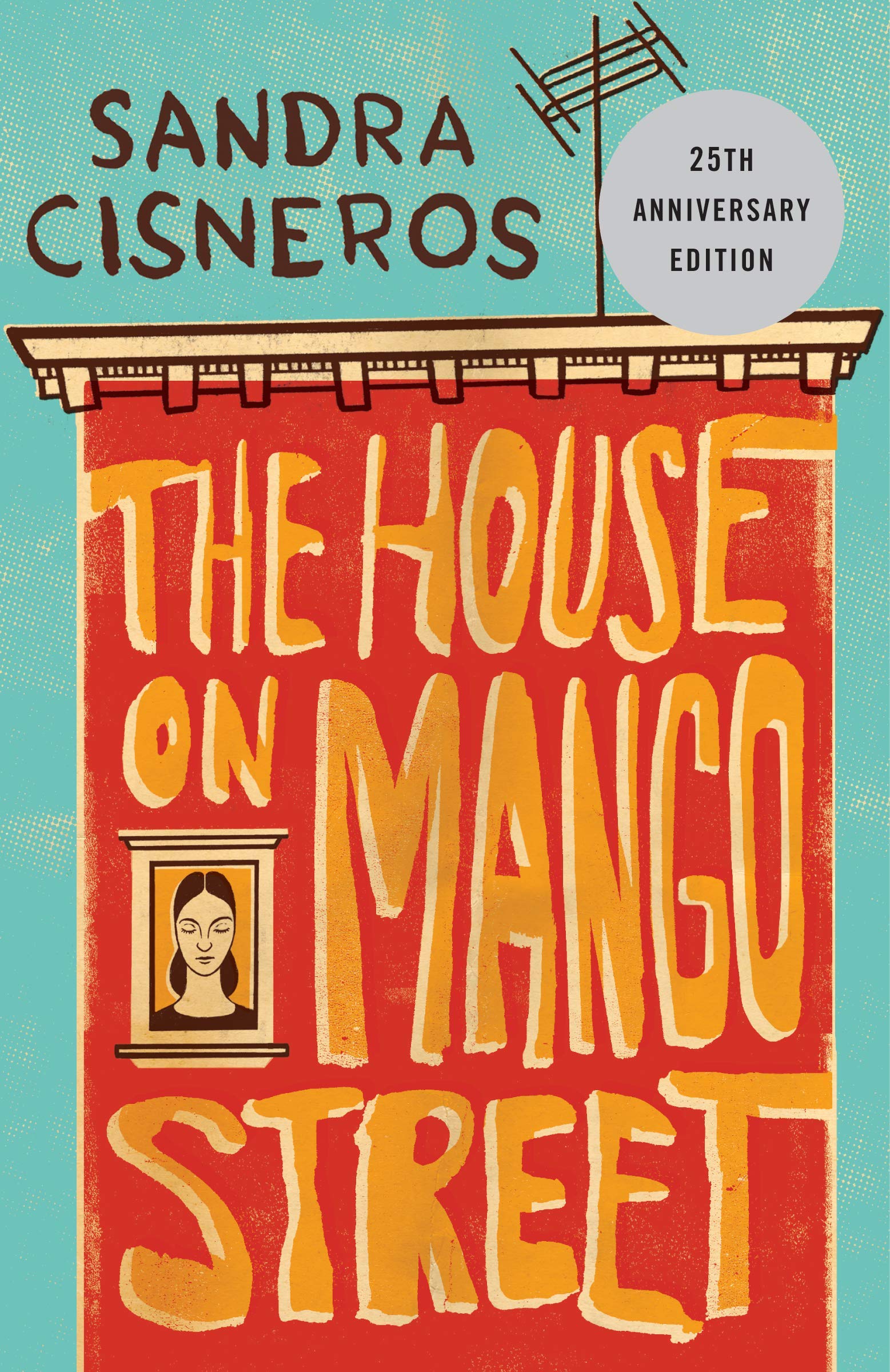 |
by Sandra Cisneros
|
PLOT SUMMARY
Esperanza, the protagonist, is about twelve years old at the novel’s
opening. She lives in a small Chicago community where most inhabitants are of Latin
descent. Her house is situated on Mango Street; however, Esperanza would hardly
call her abode a house. While the house is much better than her previous place,
the dwelling is a small flat with crumbling brick and mismatched materials.
In this small apartment, Esperanza has no space specifically dedicated to her. Cisneros’s
dreamt-up neighborhood creates the perfect, cramped lifestyle in which Esperanza
is forced to turn to her neighbors for experiences, new thoughts, and inputs:
good and bad. Esperanza quickly makes friends with Rachel and Lucy who enter puberty
right along-side her during this year in Esperanza’s life. The group of friends,
plus Esperanza’s tag-along kid sister, Nenny, explore the neighborhood and have
many adventures including wearing high-heels around town, buying a bike, and
playing car-tag in a junkyard near Mango Street.
The second half of The House on Mango Street details
Esperanza’s transition into adulthood. As the year goes on, Esperanza meets
Sally. Sally shares Esperanza’s age and neighborhood; however, the surface
comparison stops there. Sally’s escape from her abusive household is pursuing
boys. Her beautiful hair and mature attitude make her pursuits successful.
Esperanza quickly befriends Sally for her mature nature but is not completely
comfortable. Signaling the turn toward early adulthood, Esperanza’s friendship
with Sally and the death of two adults in her family, Aunt Lupe and her grandfather,
bring her closer to the adult world. She is kissed by an older man at her first
job and sexually assaulted by a group of boys when Sally leaves her alone at
the fair. During and after her friendship with Sally, Esperanza investigates
the women of her community and learns from their past and present to develop
her future.
Esperanza’s experiences being Sally’s friend and her observations
of older women in her neighborhood make her desire for a house and space of her
own stronger than ever. While she has wanted an actual house for a long time, Esperanza
wanted it for a different reason like having to share a room with her sister or
wanting her bathroom. After the year in The House on Mango Street,
Esperanza wants her own space because she has seen what being corralled does to
a woman’s mind and soul. She realizes her own space to think, learn, and write
will be her best coping mechanism.
RATING AND REASONING
The House on Mango Street is the typical school read: short, but deeply meaningful. While I only moderately enjoyed the book upon first read,
I believe that delving into the book with a class, reading club, or group of people will make it more enjoyable.
LINKS
Surface Summary by SparkNotes - https://www.sparknotes.com/lit/mangostreet/summary/
Videos with Sandra Cisneros about her inspiration for the novel - https://www.youtube.com/watch?v=nXO8a6HYttw
& https://www.youtube.com/watch?v=0Pyf89VsNmg
Penguin-Random House’s teacher’s guide to The House on Mango Street
- https://www.penguinrandomhouse.com/books/27844/the-house-on-mango-street-by-sandra-cisneros/9780679734772/teachers-guide/

Comments
Post a Comment